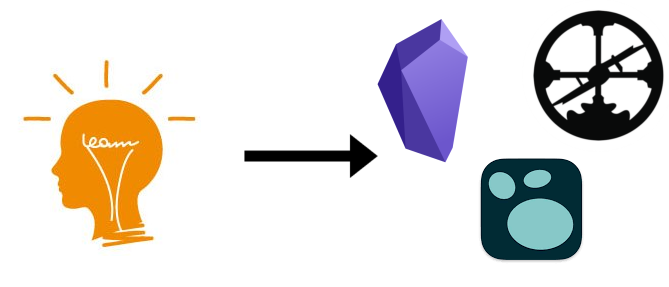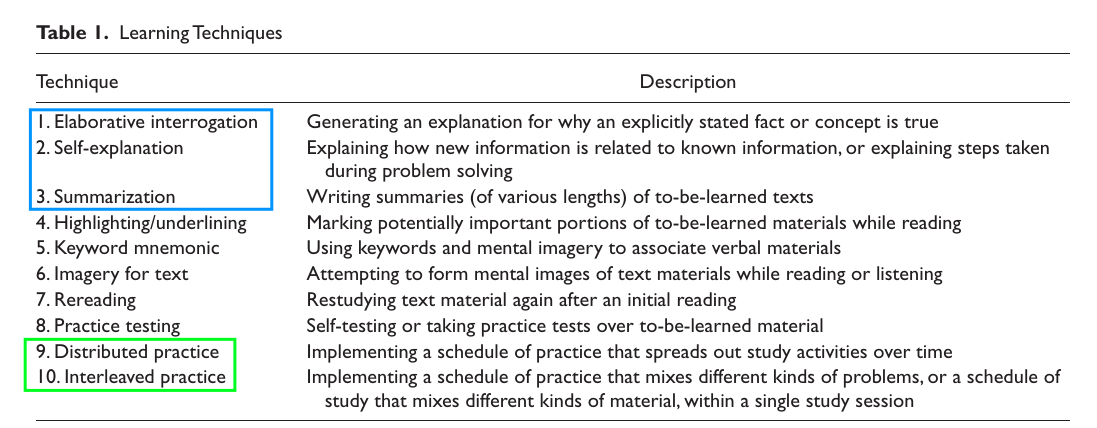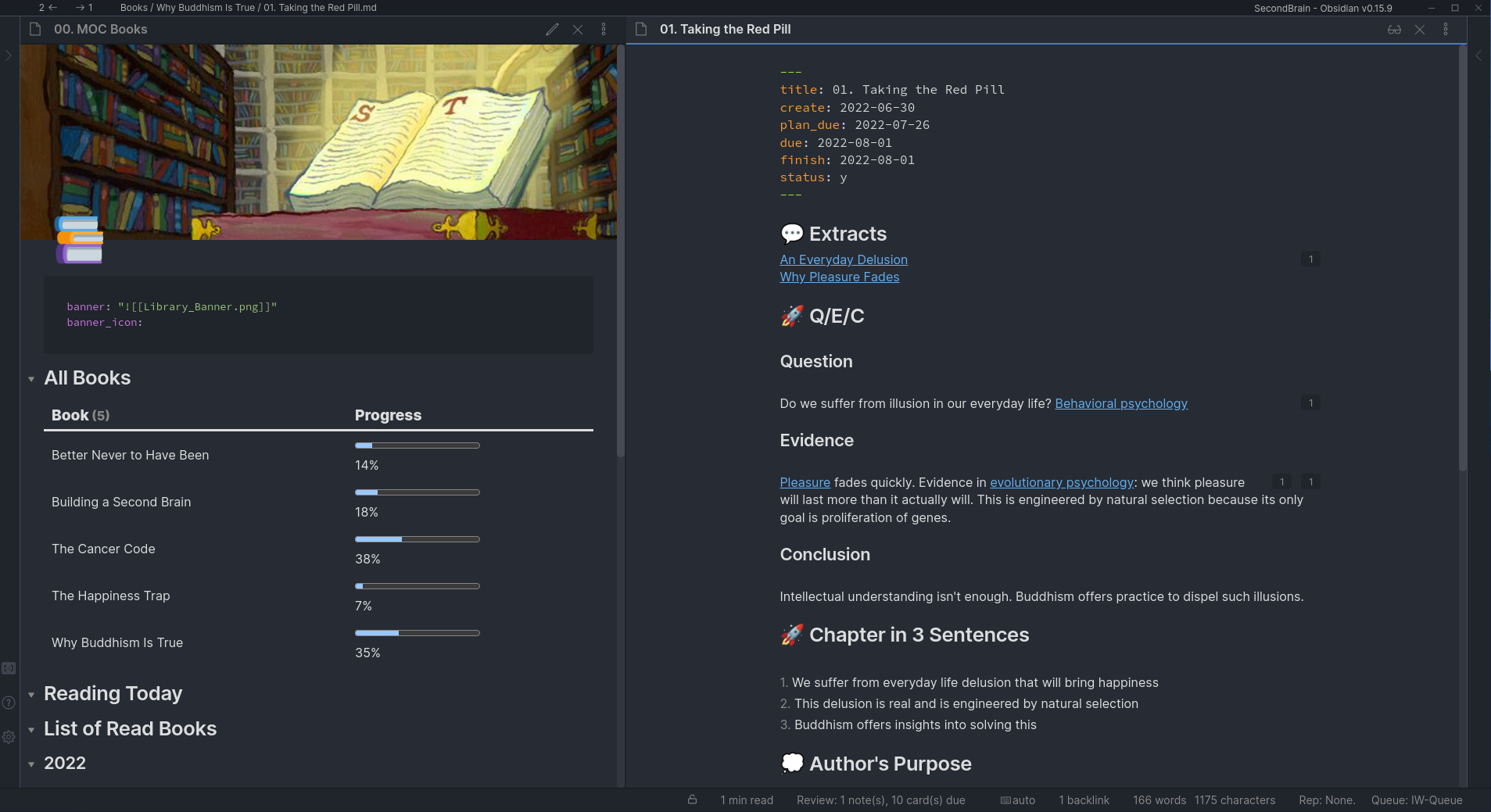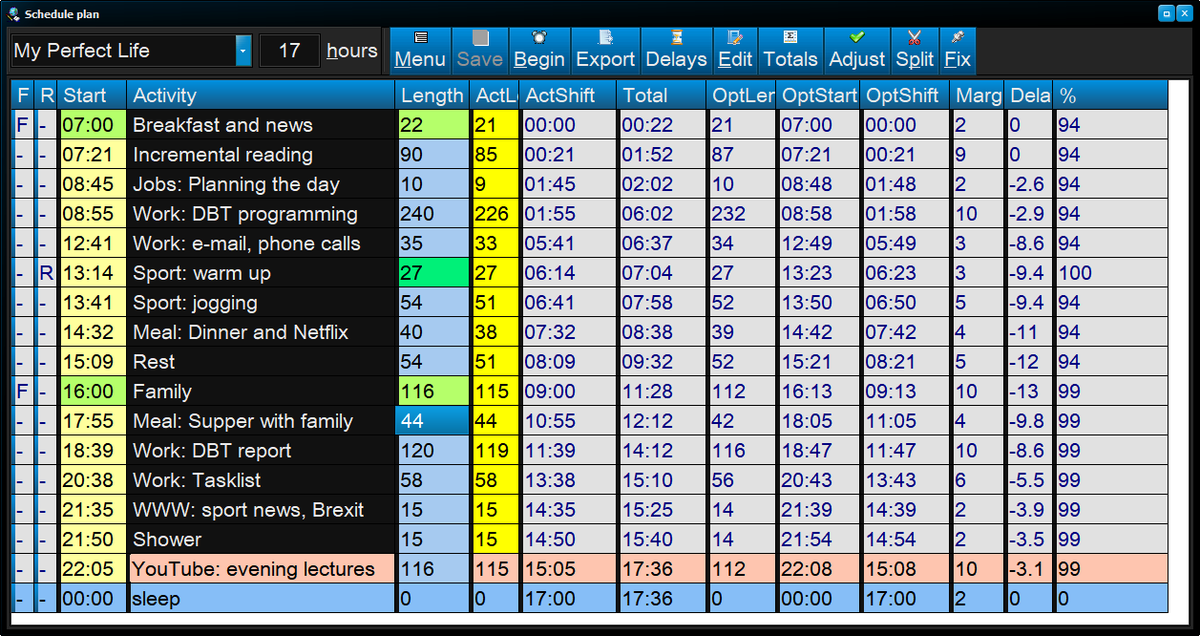Why I Switched to Obsidian After Using SuperMemo for 4 Years

TL;DR:
I. Obsidian has become a viable alternative as a spaced repetition system
II. Zettelkasten Method inside Obsidian is the thinking tool I need
III. Obsidian offers a better user experience for me
IV. I’ve switched to Linux
Introduction
This article’s title is a parallel of my very first article Why I Switched to SuperMemo After Using Anki for 5 Years.
Your reaction may be “wait what you switching again?” Yes, for one, the tool I use is my reflection of what I’ve learned over the years and what tool suits me the best at the moment. As you’ll see below, some of the reasons have nothing to do with choosing the “best learning tool,” but with regards to how my workflow and my life have changed. I’m just writing to share what I know. It doesn’t mean Obsidian is objectively better than SuperMemo and you should switch too. Your mileage may vary: the best learning tool is the one you enjoy using and suits you the best. I still think SuperMemo is one of the best learning tools; it’s just that it doesn’t suit me as much as it did before. The two core features I need are spaced repetition and bi-directional linking.
Although the tools I used are changing, the fundamental principles remain the same. One of which is SuperMemo’s Incrementalism. I’ve just extracted incrementalism and apply it in Obsidian. For example, I now do Incremental Reading and Incremental Writing in Obsidian. Therefore, it doesn’t nullify articles like the significance of Incremental Reading in SuperMemo I and II.
I. Obsidian has become a viable alternative as a spaced repetition system
At the most fundamental level, any spaced repetition system boils down to this: it manages your review schedules, with the feedback you give to the system (for flashcards: how well you remember the information; for notes: how soon you want to revisit the information). It’s basically a personal assistant that reminds you when you should review the information again.
Obsidian has become a viable alternative as a spaced repetition system. A year or two ago, it wasn’t possible to schedule notes reviews within Obsidian, but now we have Spaced Repetition Plugins like obsidian-spaced-repetition and Incremental Writing (which is created by none other than our dear friend James). And note-refactor-obsidian is a tool to create “extracts” in Obsidian. These plugins make it possible to create a preliminary spaced repetition system within Obsidian. These are not as sophisticated as SuperMemo, since SuperMemo is the very definition of spaced repetition software, but I find them working well enough. With SuperMemo, I get the best-in-class spaced repetition scheduler. With Obsidian, I get a rudimentary spaced repetition scheduler + bi-directional linking (see below).
| SuperMemo | Zettelkasten Method | |
|---|---|---|
| Progressive summarization | ✅ | ✅ |
| From | Extract | Literature Note |
| To | Q&A or cloze | Permanent Note |
| End goal | Q&A or cloze | Bi-directional link(s) |
| Strength | Spaced repetition | Bi-directional link(s) |
| Lacking | Bi-directional link(s) | Spaced repetition |
I now use spaced repetition system inside Obsidian: The Zettelkasten Method Lacks a Spaced Repetition Scheduler and Here’s One Easy Fix
What about Q&A or clozes? If I want to create flashcards, I use Flashcard-Based and Note-Based Spaced Repetition Plugin to do so inside Obsidian.
II. Zettelkasten Method inside Obsidian is the thinking tool I need
A spaced repetition system only tells you when you should review the information; it doesn’t tell you what you should do with it. For example, you could highlight more and more whenever the system shows you the same material. Effective and efficient learning is about finding the optimal review schedule as much as increasing the depth of processing, and I made the mistake of neglecting the latter.
The quest for the best spaced repetition algorithm
Upon reflection, I fell into the trap of looking for the best spaced repetition algorithm. This quest made me switch from Anki to SuperMemo. I focused almost entirely on optimizing when I should review the material. My partner made to realize that any spaced repetition algorithm is only half of the story. The other half is how you engage with the material.
Here’s the table from Improving Students' Learning With Effective Learning Techniques:

The green is about the review schedule (the when question): Distributed practice = spacing; Interleaved practice = review material from different subjects in one study session.
The blue is about what you do during the review (the what to do with it question).
These two videos The TRUTH About Active Recall and Spaced Repetition NO ONE Talks About (image credit below) and The PROBLEM with Active Recall and Spaced Repetition (Truth Behind Studying Smarter) explain well.

Different tools promote different levels of processing
Structure determines function
In biology, a key idea is that structure determines function. In other words, the way something is arranged enables it to play its role, fulfill its job, within an organism.
Let’s use a hammer as an example:
Function:
This tool has two functions. Pounding nails in, and pulling them out.
Structure to Function Relationship:
The handle allows the tool to be easily grasped. The length of the handle allows for a swing that increases the speed of the head of the hammer.
The claw allows the user to grab a nail. The rounded head acts as the fulcrum of a lever. The long handle allows for leverage to pull the nail out of the wood. - Structure Determines Function
“Structure Determines Function” is just a different way to say “the right tool for the right job.” For example, could you study standing in a busy street? Yes, but it’s not conducive to studying, whereas library or cafe is primed for studying. In other words, the tool doesn’t dictate how you use it, but it steers the direction. For example, SuperMemo promotes interleaved practice by default: the outstanding queue (review order) are pulled from the whole collection, so the default is interleaving from different sources when reviewing.
SuperMemo or Anki are both review schedulers: based on your feedback, it calculates your optimal review intervals. The focus is on the spaced repetition scheduler. With the benefit of hindsight, one glaring problem is that, what you do to increase the levels of processing (increasing comprehension and making connections) is beyond the scope of any spaced repetition systems; they’re not conducive to (deep) thinking and making connections.
I lacked a system to increase the depth of processing in SuperMemo
My previous method of thinking inside SuperMemo was rudimentary. (for more please see Incremental Reading: How I Use This Program to Learn with Self-Explaining)
In short, when I re-visit an Extract in SuperMemo, I’d re-write it in my own words incrementally. When I encounter it again, I’d think about it. I simply thought about how it relates to my life or trying to come up with analogies. And that was it. And honestly, most of the time I’d just skip this process. I lacked a system to codify the thinking process. It’s my failure to meaningfully process the Extracts, of course, but my previous system wasn’t conducive to doing so.
Codifying Thinking with Obsidian
Bi-directional linking
For an introduction, please see the session Logseq as a bi-directional linking tool (image source below).

The Zettelkasten Method instructs that you link different ideas together. You link one Permanent Note with other Permanent Note(s). Ideas don’t exist in a vacuum and bi-directional linking helps you see how ideas relate to one another. The focus is on encoding (processing) the material to understand and make sense of it.
The need to create links codifies the thinking process. The number of links created is the thinking process materialized. Linking makes the thinking process tangible: links are the proofs that you’ve connected the material with your prior knowledge. Having a lot of unlinked notes is also proof that different pieces of information exist in isolation. In Obsidian, if I don’t add tags or create links in a note, the content becomes an orphan note and is basically lost (find-unlinked-files). Therefore, I have to at least make a link so that this note doesn’t become an orphan note.
Obsidian provides various tools to visualize and promotes making connections:
The side panel shows all the linked and unlinked mentions. It shows you any potential connections. These tool make it easier to find serendipitous and spontaneous connections, i.e., aha moments.
The big picture question, revisited
The question How do I maintain the big picture of knowledge has been baffling me since the beginning. My answer now is that neither SuperMemo nor Anki is the right tool for maintaining and understanding the big picture. The reason is that, as mentioned above, SuperMemo and Anki are primarily a review tool, not a thinking tool.
Sure, a good review schedule helps you retain the information. If you retain the information, you have an easier time integrating it with your prior knowledge. Going back to the web-of-connections analogy: SuperMemo ingrains the memory of individual nodes, such that each node can be linked to more easily. But here’s the catch: the connection doesn’t happen automatically. You still have to intentionally and consciously think about the big picture to improve your understanding. A note-taking tool with bi-directional linking is a better job for it.
III. Obsidian offers a better user experience for me
SuperMemo has its quirks and challenges: I, II, and III.
The fact that I navigate my computer mostly through the keyboard means that SuperMemo won’t fit my workflow. My SuperMemoVim aimed to alleviate this gap but it’s simply unmatched that Obsidian has built-in Vim support. I could even use obsidian-vimrc-support to further enhance the experience.
Obsidian’s ecosystem is growing by the day: more and more plugins are released every week. omnisearch, various-complements, dataview are some of the amazing plugins that make using Obsidian a joy.

Obsidian is a better Personal Knowledge Management system (PKMs)
Obsidian is the closest tool I’ve found for an all-in-one PKMs. Over the years, I’d tried to use SuperMemo as a PKMs. I used it for everything: journaling, day planner, Incremental Writing. SuperMemo was my central hub for literally everything.
You may argue that it’s unfair to compare Obsidian to SuperMemo, because SuperMemo was never intended to be a PKMs. SuperMemo does have features of a PKMs. For example, I used SuperMemo’s Plan (Two videos: Raj’s Using Plan in SuperMemo and Planning a perfect day with SuperMemo):

I like using Daily Planner in Obsidian. For video introduction please see How I Use Obsidian Daily Notes as a Bullet Journal and How I Plan My Day.
IV. I’ve switched to Linux
I’m completely engrossed in the Linux ecosystem with a very keyboard-centric workflow. In my article A Comprehensive Guide to Installing SuperMemo in Linux, I outlined 4 ways to set up a virtual machine solely for the purpose of using SuperMemo. I tried these virtual machine-based solutions for a while, but I found myself more and more reluctant to start VirtualBox just to use SuperMemo. I tried to reduce the friction by auto-starting VirtualBox which, upon booting into Windows, automatically opens SuperMemo. But I simply didn’t like this clunky solution. Obviously this is more of a superficial reason but it’s one of the reasons nonetheless.
Conclusion
I first discovered Anki back in 2013. I spent almost a decade entrenched in this spaced repetition software Anki/SuperMemo space. I’m very grateful for SuperMemo. It sparked my interest in the learning science and taught me many lessons along the way.
From now on, my focus on “how to learn” would be shifted from “when should I review this” to “what should I do when I indeed review this?” It’ll be about thinking frameworks and mental models; it’s about “what and how to think” instead of “when to think.”
I’d love you know what you think! Feel free to send me an email: masterhowtolearn at gmail dot com